Incremental Margin: Definition, Formula & Calculation (+examples)

To better understand your profitability and growth, you should calculate your incremental margin to see all the ups and downs with your profitability metrics.
In this guide, we'll help you have a better understanding of what incremental margin is, its formula, an example, and a suggested tool to track your profit margins incrementally.
What is Incremental Margin?
Incremental margin is how much extra profit a company makes when it sells more. It shows what percentage of the extra money earned (revenue) actually turns into profit after covering costs that change with sales (like materials or labor).
In other words, this metric assesses the impact of changes in sales volume on your profits.
Incremental Margin Formula Is
Incremental Margin = Change in Operating Profits/ Change in Operating revenue
Or:
Incremental Margin = Incremental Revenue − Incremental Variable Costs
For example:
- A business sells $100 more of a product.
- After paying for extra costs (like materials and wages), they keep $40 as profit.
- The incremental margin is 40% (because $40 profit ÷ $100 extra sales = 40%).
Monitoring incremental margin is essential because it helps your businesses:
- Measures profitability: It helps businesses understand how profitable additional sales are.
- Focuses on Variable Costs: Fixed costs are generally excluded since they don’t change with short-term sales increases.
- Better decision making – Useful for pricing strategies, budgeting, and evaluating new investments.
5 Key Profit-related Metrics You Should Track Incrementally
Your business's profit margin shows how much of your revenue remains as profit after covering certain costs. Most profit margins are expressed as a ratio of profit to revenue.
While calculating profit margins alone provide useful insights, calculating incremental margin helps you see how they change as sales increase. This approach gives a clearer picture of how well your business turns additional revenue into profit.
To better understand your company’s financial health, here are five key profitability metrics you should calculate incrementally.
#1. Gross Profit Margin
Gross profit margin shows how much of your revenue remains after covering the direct costs of producing goods or services (also called cost of goods sold or COGS). It helps businesses understand how efficiently they produce and sell their products.
Here is the formula to calculate your gross profit margin:
Gross profit margin sheds light on the profitability of your company and offers insight into how these expenses are managed because it considers direct expense. A low gross profit margin could be a sign that your COGS is too high or your product pricing is too low.
Gross profit is a simple figure as it includes only COGS. However, the next 4 metrics are rather complicated as each takes different costs into account. Hence, you should have a look at our table below to get brief and basic information to easily catch up with us.
#2. Net Profit Margin
Net profit margin shows the percentage of revenue a company keeps as profit after deducting all expenses—including operating costs, taxes, interest, and other expenses. It measures overall profitability and financial efficiency.
The net profit margin formula is:
By factoring in many different costs, it offers you a clearer and more comprehensive picture of your business. Without a doubt, the most significant profitability analysis calculation is the net profit margin.
In the end, it determines whether your existing strategies are effective by examining if you are turning a sufficient profit while keeping your costs in check.
#3. Operating Profit Margin
Your operating profit margin provides information on the percentage of sales profits your company makes after paying for production but before deducting interest and taxes.
The operating profit margin formula is:
Operating profit margin measures how well you manage your sales, or, more specifically, whether you can generate profits from only your core business’s functions.
A low operating profit margin suggests that rather than from the good or service you're offering, the majority of your income comes from some other places.
#4. EBIT Margin
EBIT margin shows how much profit a company makes from its core operations before paying interest and taxes. It helps measure how efficiently a business runs.
The EBIT margin formula is:
Low EBIT margins represent low business profitability. Investors can decide whether your low EBIT margin results from the competitive environment, where all companies have lower margins, or a problem that only exists within your company, where it is experiencing lower revenues and more costs.
#5. EBITDA Margin
EBITDA margin shows how much profit a company makes from its core operations before subtracting interest, taxes, depreciation, and amortization. It helps measure a company's operating efficiency and cash flow potential.
The EBITDA margin formula is:
In particular, as non-cash expenses are not taken into account in the calculation, it will show whether your company has a good cash flow.
An Example of Incremental Margin Calculation
Let’s assume that you are in charge of calculating your company's incremental margin from 2023 to 2024.
The financial figures and related profit margins of your business are displayed in the table below.
Metrics | 2023 | 2024 |
|---|---|---|
Revenue | $1,000,000 | $1,200,000 |
COGS | $600,000 | $720,000 |
Gross Profit | $400,000 | $480,000 |
Operating Expenses | $200,000 | $240,000 |
Operating Profit | $200,000 | $240,000 |
Non-Operating Expenses | $20,000 | $30,000 |
EBIT | $180,000 | $210,000 |
Depreciation and Amortization | $50,000 | $60,000 |
EBITDA | $230,000 | $270,000 |
Interest Expenses | $30,000 | $40,000 |
Net Profit | $100,000 | $110,000 |
Now you can apply the incremental margin formula for each of the profit metrics to find out the incremental margins in the period of 2 years, 2023 - 2024.
- Incremental Gross profit margin = ($480,000 – $400,000) / ($1,200,000 – $1,000,000) = 40%
- Incremental Net Profit Margin = ($110,000 – $100,000) / ($1,200,000 – $1,000,000) = 5%
- Incremental Operating profit margin = ($240,000 – $200,000) / ($1,200,000 – $1,000,000) = 20%
- Incremental EBIT Margin = ($210,000 – $180,000) / ($1,200,000 – $1,000,000) = 15%
- Incremental EBITDA margin = ($270,000 – $230,000) / ($1,200,000 – $1,000,000) = 20%
Wrapping up!
Now that you understand incremental margin and how to calculate it, you can apply it to your financial analysis to gain deeper insights into your true profitability. However, manually tracking margins through spreadsheets can be tedious and error-prone, especially with constantly changing data from multiple sources.
This is where TrueProfit comes in. Unlike traditional analytics tools that focus on surface-level metrics like ROAS, TrueProfit provides a complete Net Profit Analytics solution for Shopify businesses. By automatically pulling real-time data from your store, marketing channels, and supplier costs, TrueProfit gives you an accurate, dynamic view of your profitability—without the hassle of manual calculations.
With TrueProfit, you can:
- Track real-time profit and loss trends to stay ahead of fluctuations.
- Analyze marketing channel profitability based on actual net profit, not just ad performance.
- Evaluate product and customer profitability with meaningful, data-driven insights.
- Streamline financial tracking by syncing all revenue, expenses, and fees in one centralized dashboard.
Stop guessing your profitability—install TrueProfit today and make smarter, data-backed business decisions effortlessly from today.
Irene Le is the Content Manager at TrueProfit, specializing in crafting insightful, data-driven content to help eCommerce merchants scale profitably. With over 5 years of experience in content creation and growth strategy for the eCommerce industry, she is dedicated to producing high-value, actionable content that empowers merchants to make informed financial decisions.

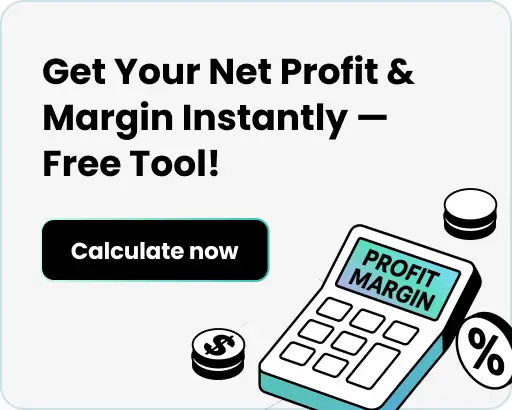






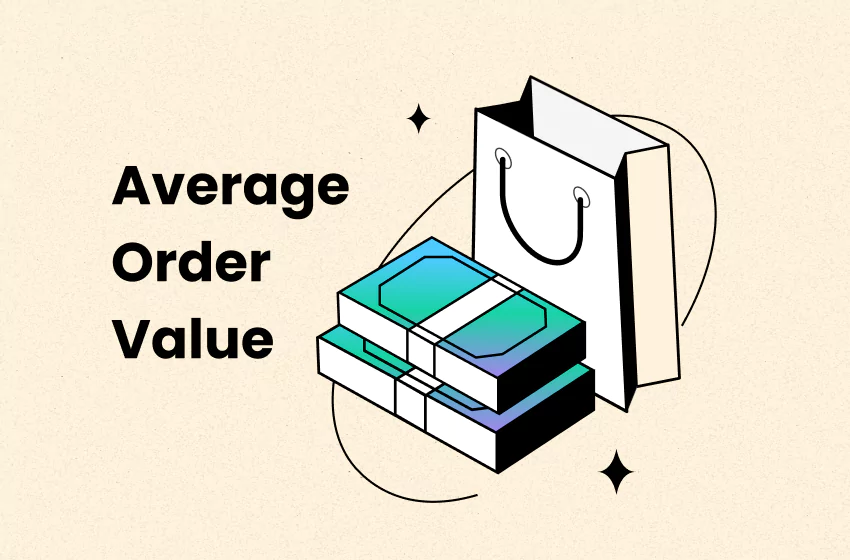
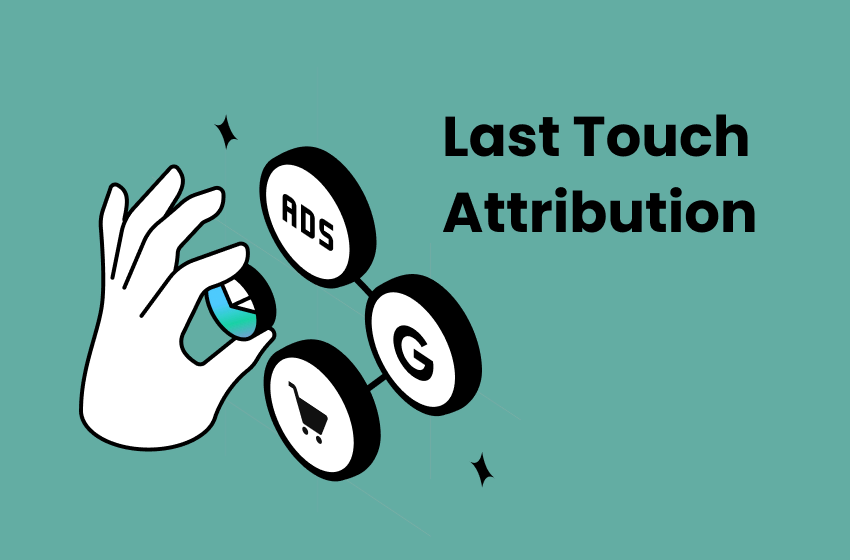

 Shopify profits
Shopify profits